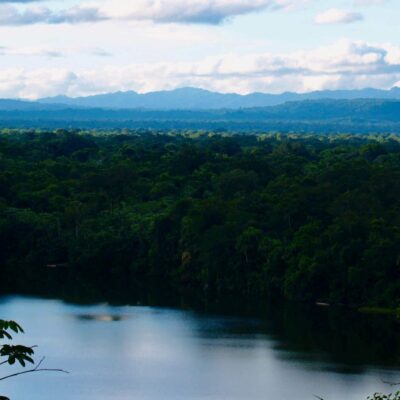 Sharm El-Sheikh, Egypt. Photo: Juanma Clemente-Alloza / Unsplash
Sharm El-Sheikh, Egypt. Photo: Juanma Clemente-Alloza / Unsplash
On 8 November, the COP27 Presidency, in partnership with the High Level Champions, launched the Sharm-El-Sheikh Adaptation Agenda at COP27. This agenda aims to focus global action on 30 adaptation targets needed to close the adaptation gap and create a resilient world by 2030. At the launch, COP27 President Sameh Shoukry and High-Level Champions Mahmoud Mohieldin and Nigel Topping called on all State and non-State actors to join this critical Agenda, according to COP27 news.
About the Sharm El-Sheikh Adaptation Agenda
“The Sharm El-Sheikh Adaptation Agenda outlines 30 Adaptation Outcomes to enhance resilience for 4 billion people living in the most climate vulnerable communities by 2030. Each outcome presents global solutions that can be adopted at a local level to respond to local climate contexts, needs and risks and deliver the systems transformation required to protect vulnerable communities to the rising climate hazards, such as extreme heat, drought, flooding, or extreme weather.”
“Collectively, these outcomes represent the first comprehensive global plan to rally both State and non-State actors behind a shared set of adaptation actions that are required by the end of this decade across five impact systems: food and agriculture, water and nature, coastal and oceans, human settlements, and infrastructure, and including enabling solutions for planning and finance.”
“The 30 Adaptation Outcomes include urgent global 2030 targets related to:
- Transitioning to climate resilient, sustainable agriculture that can increase yields by 17% and reduce farm level greenhouse gas (GHG) emissions by 21%, without expanding agricultural frontiers, and while improving livelihoods including of smallholder farmers
- Protecting and restoring an estimated 400 million hectares in critical areas (land and freshwater ecosystems) supporting indigenous and local communities with use of nature-based solutions to improve water security and livelihoods and to transform 2 billion hectares of land into sustainable management.
- Protecting 3 billion people by installing smart and early warning systems
- Investing USD 4 billion to secure the future of 15 million hectares of mangroves through collective action to halt loss, restore, double protection and ensure sustainable finance for all existing mangroves.
- Expanding access to clean cooking for 2.4 billion people through at least USD 10 billion/year in innovative finance.
- Mobilising USD 140 to USD 300 billion needed across both public and private sources for adaptation and resilience and spur 2,000 of the world’s largest companies to integrate physical climate risk and develop actionable adaptation plans”
This article was first published by the COP27 news.










